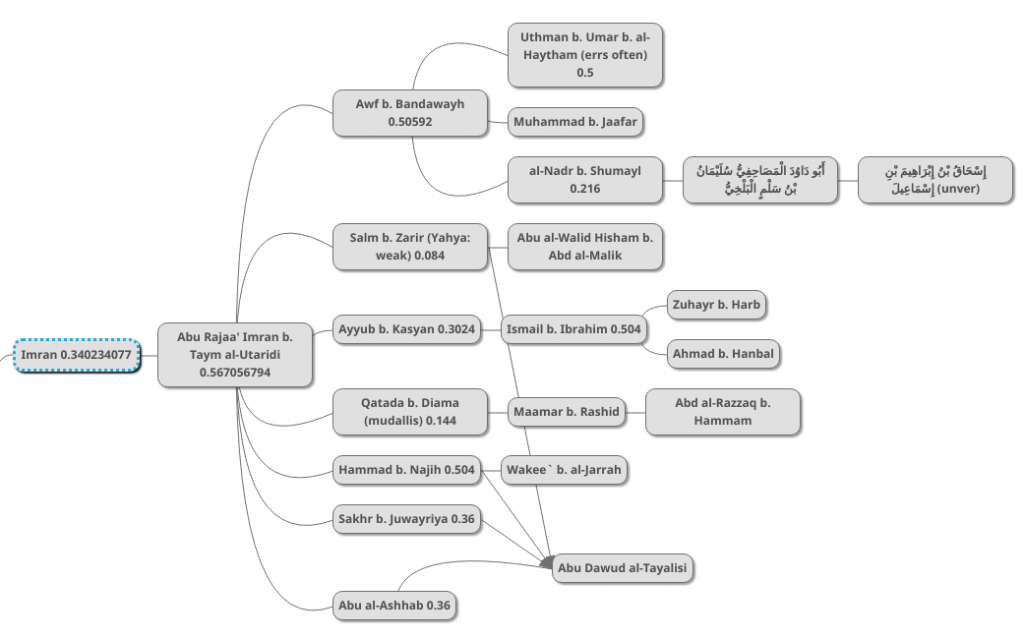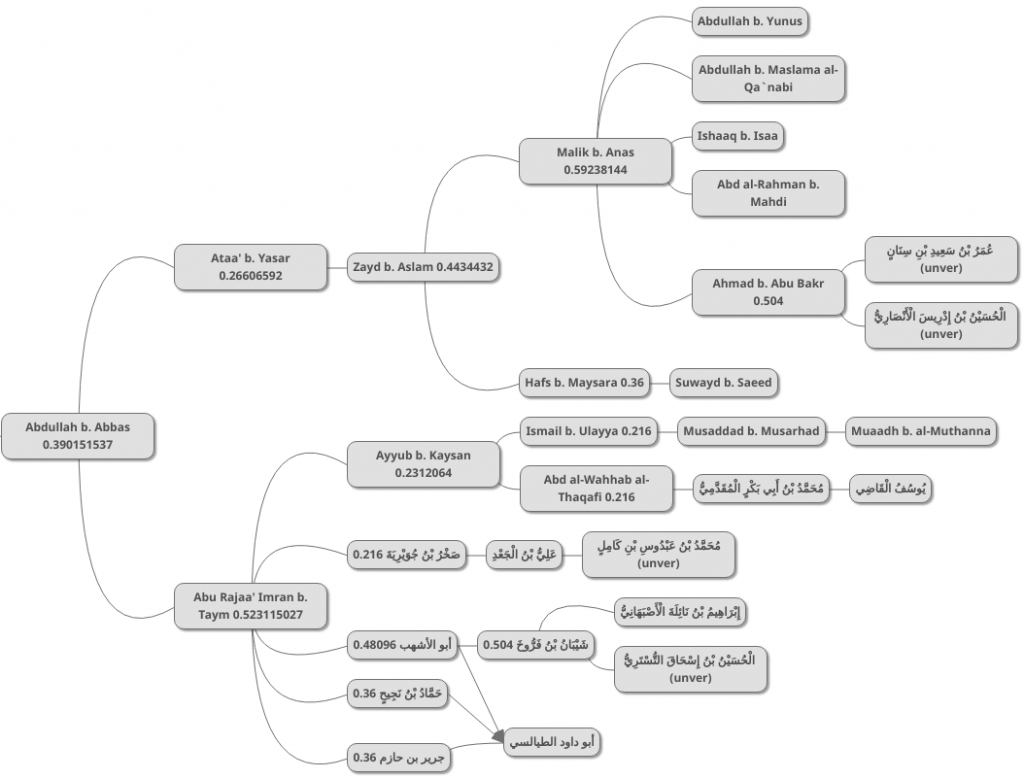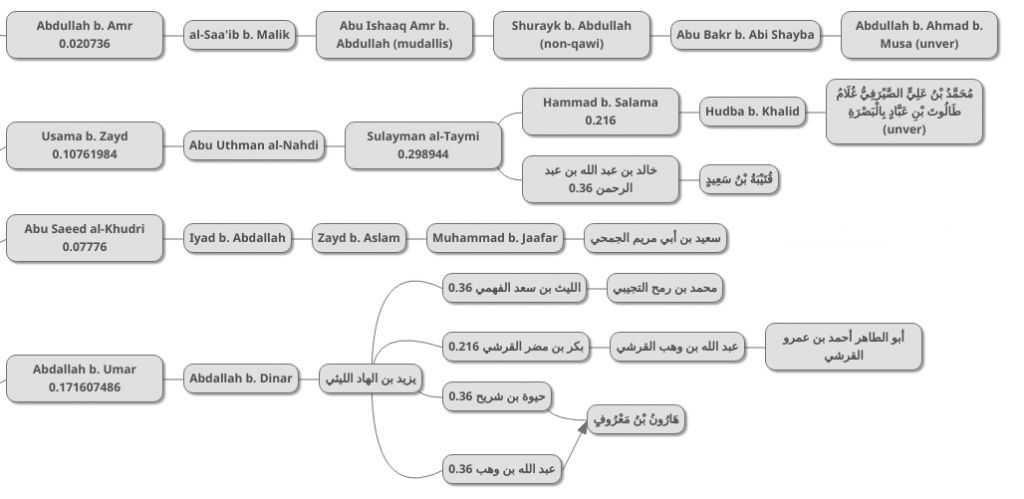A famous hadith of the Prophet  states:
states:
I looked into Paradise and I saw that the most of its people were the poor; and I looked into the Fire and I saw that most of its people were women.
Sahih al-Bukhari 3241
Note that this hadith does not actually say that the majority of women in Hell are women. It may just mean that the part of Hell that the Prophet  was shown contained many women. None of the versions of the hadith say “the majority of people in Hell are women”. They all mention that when the Prophet saw Hell, he saw that the majority of the people (of the part he saw) were women. It is clear that the Prophet
was shown contained many women. None of the versions of the hadith say “the majority of people in Hell are women”. They all mention that when the Prophet saw Hell, he saw that the majority of the people (of the part he saw) were women. It is clear that the Prophet  interpreted this vision as meaning that the majority are women. But since nothing in the Quran or hadith tells us that explicitly, we may consider it to be the Prophet’s own personal conclusion from what he saw.
interpreted this vision as meaning that the majority are women. But since nothing in the Quran or hadith tells us that explicitly, we may consider it to be the Prophet’s own personal conclusion from what he saw.
Various versions of this statement are to be found in all of major hadith collections. I decided to conduct a study of all existing authentic versions of this hadith to find out just how reliable they are.
Below is the version from the Companion ʿImrān b. Ḥuṣayn  :
:

All of the versions come through the single transmitter Abū Rajāʾ.
Next are the versions coming from the Companion Ibn Abbas  :
:

The strongest chain comes again through the aforementioned transmitter Abū Rajāʾ. There is however an additional chain (the top one) coming through ʿAṭāʾ b. Yasār, through Zayd b. Aslam.
Next are the other chains coming from four other Companions:

None of these latter four chains are very strong because each comes through a single transmitter, through another single transmitter, before other witnesses come along.
In order to prove a point with reasonable certainty, a hadith should come from a binary tree chain, as follows:

The current hadith falls short of this standard as follows, with the red boxes indicating missing transmitters:

Besides the missing transmitters, the hadith also has the issue of having a duplicate witness (the yellow boxes). So in reality we only have two transmitters’ words for it that the two Companions said that.
However, the four additional chains are supporting evidence in favor of the hadith and cannot be ignored. Using a hadith verification methodology I have developed that uses probability theory to combine the reliability of each transmitter and chain to reach a single number that represents the chance of the hadith being true (see my essay about it), we perform the following calculation to combine all of the probabilities:
(1-(1−0.34)×(1−0.39015)×(1−0.0207)×(1−0.1076)×(1−0.0776)×(1−0.1716)) = 0.7312
So the verdict is that this hadith has a 73.12% probability of being truly from the Prophet  , which is a very high probability for a hadith. In my highly stringent verification methodology, a hadith that reaches 60% or higher is ṣaḥīḥ al-ṣaḥīḥ (a degree above ṣaḥīḥ)
, which is a very high probability for a hadith. In my highly stringent verification methodology, a hadith that reaches 60% or higher is ṣaḥīḥ al-ṣaḥīḥ (a degree above ṣaḥīḥ)
In conclusion, the Prophet  almost certainly said that the majority of the people he saw in Hell were women. Whether this really means the majority are women, or whether only the part that he saw had a lot of women, we cannot say. So the hadith should not be used to imply that women are less pious or more evil than men.
almost certainly said that the majority of the people he saw in Hell were women. Whether this really means the majority are women, or whether only the part that he saw had a lot of women, we cannot say. So the hadith should not be used to imply that women are less pious or more evil than men.